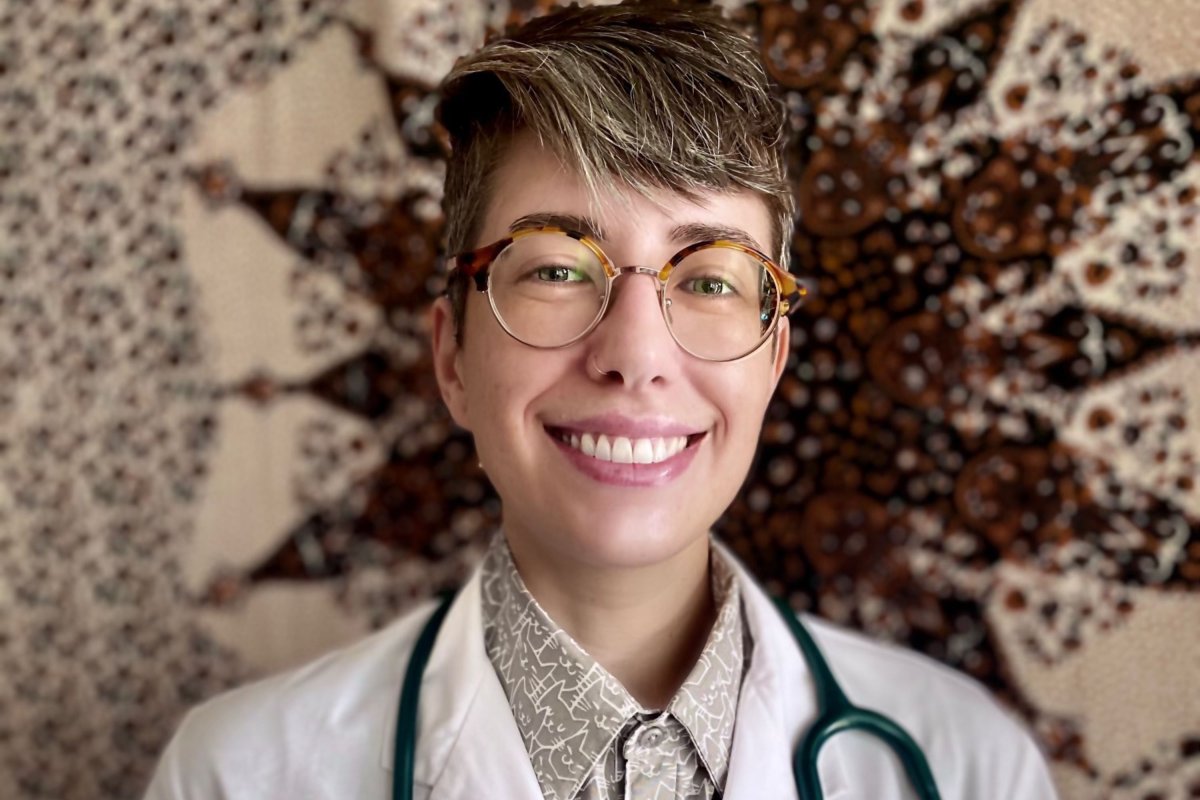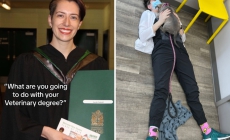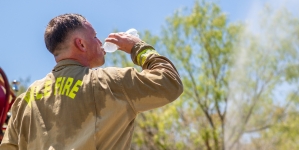-
Vet Reveals the One Thing No One Warns You About Before Getting Your Degree - November 2, 2023
-
A portion of Mulholland Drive, damaged by mudslides in winter storms, reopens - May 26, 2024
-
‘Maybe You Don’t Want to Win’ - May 26, 2024
-
Donald Trump Putting Law Enforcement in Danger: Attorney - May 25, 2024
-
Avoid the waters of these 5 L.A. County beaches this holiday weekend, public health officials say - May 25, 2024
-
Bawdy Comedy ‘Anora’ Wins Palme d’Or at Cannes Film Festival - May 25, 2024
-
Map Shows Heat Wave Zone Spread Into Five New States - May 25, 2024
-
Azusa police arrest suspected slingshot-wielding vandal - May 25, 2024
-
Donald Trump Hammers Judge Ahead of Jury Instructions - May 25, 2024
-
Sometimes U.S. and U.K. Politics Seem in Lock Step. Not This Year. - May 25, 2024
Vet Reveals the One Thing No One Warns You About Before Getting Your Degree
Veterinarians enter the field with one thing in mind—helping animals. But the truth is, the degree should come with a warning label.
Sarah Noftall, DVM, known on TikTok as @gaydogtor, currently works in Ontario, Canada. They posted a video to their account addressing the one thing no one necessarily warns you about becoming a veterinarian or working in the field, which is the constant messages you receive from people asking about their pets.
This has been Noftall’s experience since before they graduated from Atlantic Veterinary College in 2019. Noftall explained that her coursework touched on getting bombarded with questions, but not to the extent that they’ve experienced.
“It’s one of those things that once you’re a vet, it happens more than you think,” Noftall told Newsweek.

@gaydogtor/TikTok
As much as Noftall wants to answer all the questions they receive from friends, high school classmates, and strangers on social media, they aren’t legally allowed to share advice.
“People misunderstand that I don’t want to give them the info,” Noftall said. “I really want to do best by your pet and to do that, I need all the information.”
The answer Noftall gives to people is that they should go to their veterinarian. Not because they do not want to help, but because there is not an established veterinarian-client-patient relationship, or VCPR.
For starters, establishing VCPR is required by law in most states, according to the American Veterinarian Medical Association. VCPR is needed for a veterinarian to prescribe, diagnose and treat your animal. To establish a relationship, clients need to take their animal in-person to a vet, although some exceptions are made for telemedicine.
Noftall explained these relationships are important to correctly treat an animal. A client might send a message with all of their animal’s symptoms, but unless seen by a veterinarian, there could be a number of reasons why an animal is feeling a certain way. A veterinarian needs to see the whole picture.
Noftall shared this clip to TikTok on October 29 as a way to shed light on what people in this field go through with the constant messaging. They plan on following up with more videos on why veterinarians cannot give you the quick answer you want.

Sarah Noftall, DVM
It might be confusing, as many veterinarians share videos on social media, but those are general information clips. Noftall applauds those videos, as they bring more attention to animal nutrition, health, and what pet owners might need to look out for.
In no way is that a substitute for getting the care an animal needs, but Noftall hopes it will prompt owners to take the next steps and visit their veterinarian.
“I care so much about your animal, and I want you to get the care your animal needs,” Noftall said.
Veterinarian Burnout and Shortage
Noftall’s urging to avoid overwhelming veterinarians, vet techs and even receptionists with questions relates to the burnout experienced in the industry.
The average turnover rate for veterinarians was twice as high as the rate for physicians in medical practice, the American Veterinarian Medical Association found. Veterinary technicians also have one of the highest turnover rates in comparison to all other healthcare positions.
In 2019, there were about 116,000 practicing veterinarians in the U.S., but if pet ownership rates continue at their current growth, the field will be short about 41,000 by 2030, according to the American Animal Hospital Association.
Do you have funny and adorable videos or pictures of your pet you want to share? Send them to life@newsweek.com with some details about your best friend and they could appear in our Pet of the Week lineup.
Uncommon Knowledge
Newsweek is committed to challenging conventional wisdom and finding connections in the search for common ground.
Newsweek is committed to challenging conventional wisdom and finding connections in the search for common ground.
Source link
































